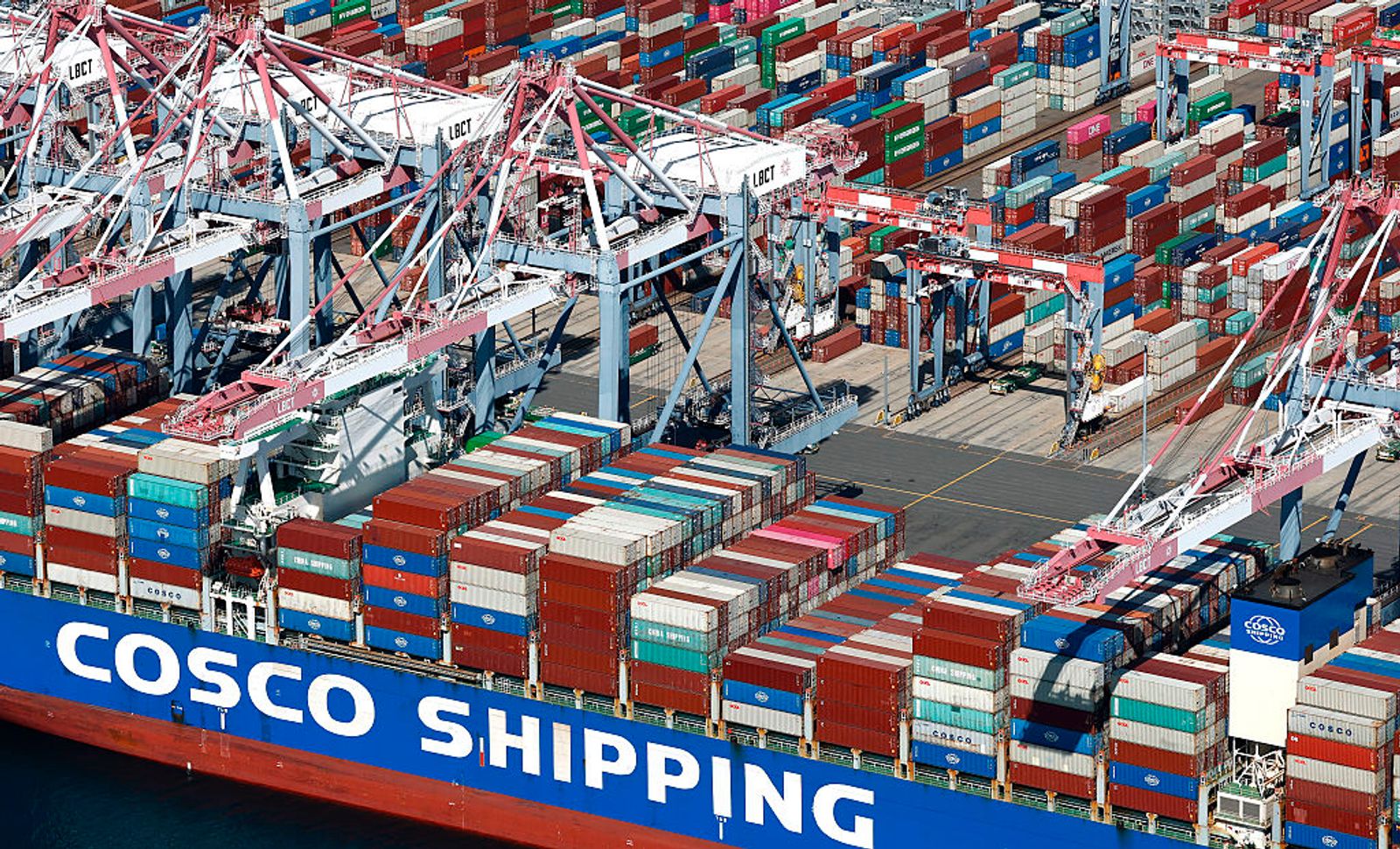
Seen from the container shipping sector, the US trade dispute has become multi-dimensional and global in nature. The complexities are likely to grow further with shipping as a centrally impacted industry.
Initially, the trade conflict mainly focused on tariffs — which countries were being hit by which magnitude of tariffs and on which commodities. The so-called“Liberation Day,”where reciprocal tariffs on all countries in the world were announced, was the clear embodiment of this early phase.
Had this been the only element to the trade dispute and had the first round of reciprocal tariffs simply been kept in place, container shipping would have adapted. Tariff wars are not new, and the impact of such actions is somewhat predictable. Sourcing will shift and adapt to the new landscape, and goods will be sourced where it is most advantageous given the new landscape. Ships will follow and trade lanes adapt accordingly. It could potentially result in an overall demand reduction, but swings in demand and supply are something shipping stakeholders have been handling literally for centuries. This is not to imply it would have been without cost for the shipping industry, but simply to point out that the situation would have been within the parameters of what has also previously been handled.
But as the months have gone on, the trade dispute has become multi-dimensional, developing many different elements, all of which impact shipping and supply chains.
Tariff changes speeding up
A second front is that the speed of change in tariffs is accelerating. Deadlines for implementation of new tariffs, and details thereof, have become progressively faster, to the point where cargo already loaded on vessels would now be subject to tariffs with the importer having no recourse but to accept the sudden increase in cost for goods already purchased.
Neither shippers nor carriers can physically adapt to the supply chain at the speed of recent tariff changes. This creates an environment for shippers where planning a stable long-term supply chain is no longer a risk-mitigating activity but a source of risk. And in an environment for shipping lines where large-scale capacity reduction or capacity increases are necessary at extremely short notice — resulting in poor schedule adherence as well as erratic appearances of vessel capacity shortages (and excesses) — port congestion problems emerge at destination and at origin.
A port fee standoff
We arrive at the third dimension of the trade dispute: port fees based on nationality. At the headline level, this came with ample warning time from the US where Chinese shipping interests are targeted, albeit a range of details are still missing. Shipping lines planned and adapted accordingly by shuffling vessels in the network — a process taking place over a period of months. But then came the Chinese reaction in the form of similar tit-for-tat rules directed against US shipping interests. There was almost no lead time for the shipping lines that are still processing what the precise impact will be and how they will once more reshuffle vessels to mitigate it.
Regarding this aspect of the trade dispute, the impact is especially important for Cosco Shipping, OOCL, Hede Shipping, Matson and APL, highlighting the clear US-China conflict. What is unknown is whether the next steps in this aspect will be to escalate or de-escalate.
The coming fronts
The fourth dimension has been brewing for six months and came to the headlines early in October in the form of the US opposition to the International Maritime Organization's (IMO's) Net Zero Framework (NZF). At the time of writing it is not yet known whether the IMO will vote in favor, whether they will reject it or whether there will be a stalling action that will push it six months to the next MEPC meeting.
But the US made their position clear: if NZF is adopted, countries voting“yes”will be subject to US penalties. A range of possibilities were listed such as fees on vessels or entry bans to US ports. Should any of the proposed actions be implemented, this will clearly open a fourth front of the trade dispute and directly impact shipping.
A fifth front looms on the horizon — the Federal Maritime Commission's (FMC's) investigation into unfair practices related to flag state competition, especially from flags of convenience. This is on hold as the FMC staff is sent home due to the government shutdown. Eventually, the study will be completed, and it is highly likely a conclusion will be made that points to examples of what, from a US perspective, would be seen as unfair competitive practices. Looking at the actions the US government took following the USTR investigation on Chinese shipping practices, it is very likely the FMC study will act as well and, just as with the USTR port fees, open yet another front in the trade war involving shipping directly.
Finally, a sixth front has opened in US ports where cranes and chassis are now subject to 100% duties, and port handling equipment now faces a proposed 150% duty level.
All of this has emerged during 2025 alone and has pushed container shipping into the center of the US trade dispute.

